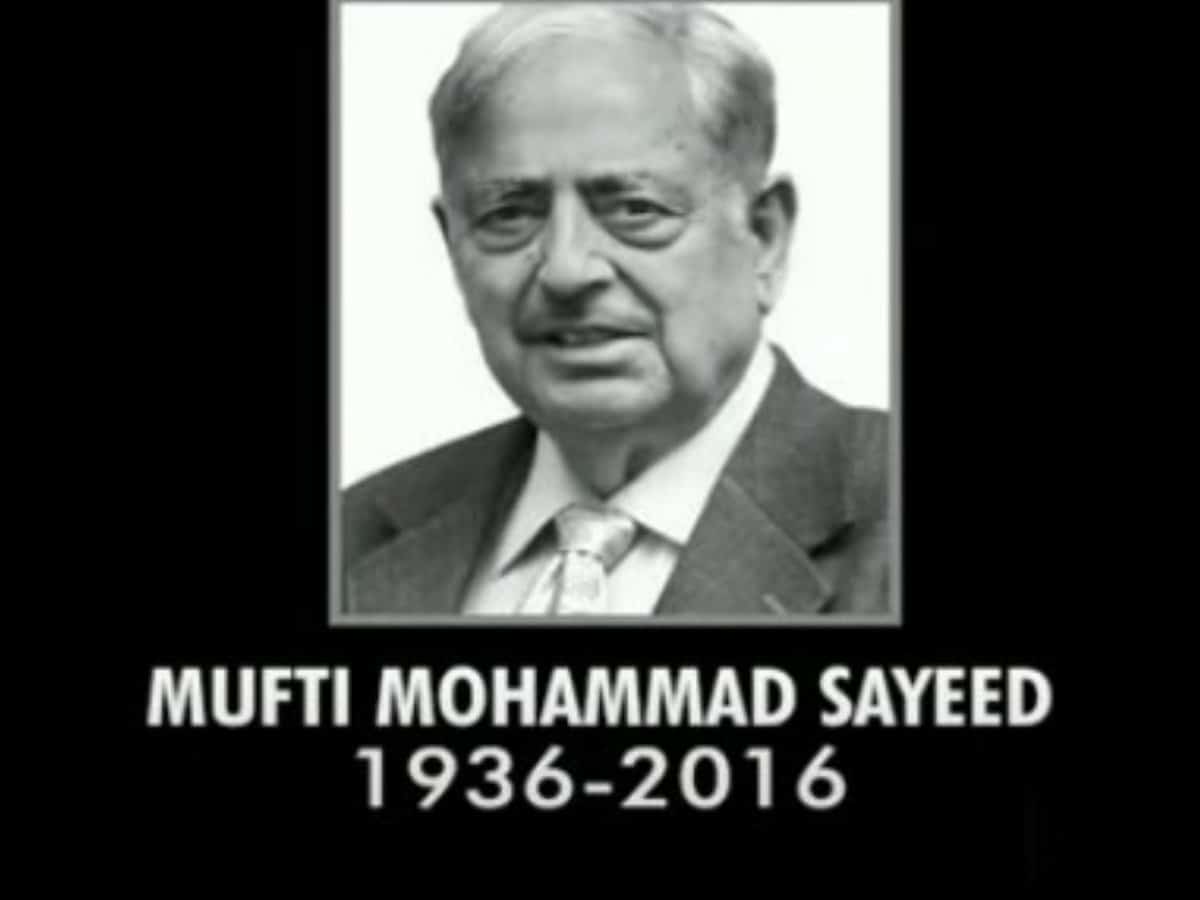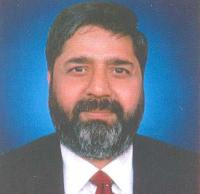

Yesterday, January 7, was the death anniversary of former Mufti Mohammad Sayeed, who served as India’s first Muslim Home Minister and defied all odds to shake hands with the BJP to form a coalition government with BJP in Jammu and Kashmir after the voters delivered a deeply split verdict in the 2014 Assembly elections. With his death, much changed in Kashmir politics, and the consequences of that are being felt across the region, which is now strewn with rhetoric of escalating hostilities.
There were three-dimensions: his politics was rooted in the realism of realism. Much before the Assembly elections soaked with the 2014 floods, Mufti Sayeed had made his political calculations, he knew that the voters in the Jammu region will deliver verdict in favour of BJP, the party that was not to the liking of the people of Kashmir at that time. His reading was based on the arrival of Narendra Modi on the national scene as Prime Minister . Jammu became a larger bastion of the BJP, for the first time it won seats from the Muslim-dominated areas.
Why Modi factored in his political calculation? Not only that Narendra Modi was Prime Minister of the country, but he based his political arithmetic with the greater political content. Modi, during a rally in December 2013, almost a year before the 2014 Assembly polls, had called for a debate on the relevance of Article 370. This call, Mufti knew, had its portents. There were twin objectives before him: to bridge the political gaps between two of the three major regions of the erstwhile state of J&K and to prevent overturn of the constitutional provision that granted special status to the state.
This is why, Agenda of alliance of the BJP and PDP read unambiguously: “ While recognizing the different positions and appreciating the perceptions BJP and PDP have on the constitutional status of J&K, considering the political and legislative realities , the present position will be maintained on all the constitutional provisions pertaining to J&K , including the special status in the Constitution of India.”
This was a firm assurance to the people of Kashmir who were extremely apprehensive of alliance with the saffron party , owing to the BJP’s pitch for Hindu chief minister from Jammu, which created anxiety and ripples in their minds , particularly in the Muslim majority territory. But Mufti Sayeed had a vision to bring Srinagar-Delhi closer , and at the same time the underlying meaning was to foster better ties between two regions .
Second , but the most important part of his legacy , that unfortunately has been drowned in the cacophony of regional, sub regional and communal outbursts in the political rhetoric from both sides , was to foster better ties between Jammu region and the Valley. He had advised all the governments in the country that , while it was important to have good Delhi-Srinagar relations, but more importance should be given to getting the two major regions of the state on the same page. He knew both Kashmir and Jammu well. He was the only Kashmiri leader who had contested election from Jammu – R S Pura – in 1985.
Third dimension was relations with Pakistan. Not only that he was a strong votary of good Indo-Pak ties, but he had pushed this idea to the hilt and developed conditions in J&K, during his first tenure as Chief Minister ( 2002 to 2005), when the cross-LoC travel started between the two parts of Jammu and Kashmir . Subsequently , that had graduated to the trade between the two parts of J&K. During his second tenure as Chief Minister , he reiterated the same line.
After his death whole landscape has changed between Jammu region and the Valley, India and Pakistan. Recall of his times is a lesson in history.



